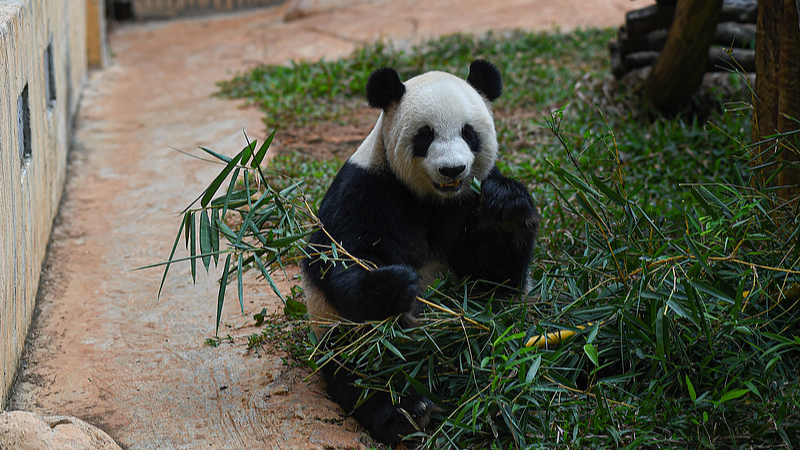Since their arrival in 2017, panda brothers Gong Gong and Shun Shun have stolen hearts with their playful antics and gentle nature. Nestled in the lush greenery of south China’s Hainan Province, these two residents of the Hainan Tropical Wildlife Park and Botanical Garden enjoy a schedule as rich as their habitat.
Each morning starts at dawn when zookeepers roll out 12 to 15 kilograms of fresh bamboo—nearly half of their daily diet. Gong Gong and Shun Shun spend the next few hours munching away, boosting their energy for the day ahead.
After breakfast, it’s enrichment time: climbing structures, puzzle feeders and even mud spa stations help keep their minds sharp and bodies strong. Observers can watch as the brothers tackle challenges that mirror natural foraging behaviors.
By mid-morning, the pandas stroll through a sprawling enclosure that echoes their native mountain forests, complete with hills, streams and tropical flora. Guests often spot them pacing across wooden bridges or splashing in water features designed for playful interaction.
Afternoons are reserved for rest—giant pandas can sleep up to six hours—broken up by light snacks of bamboo shoots or seasonal fruits like banana and papaya. During this downtime, keepers track health metrics, record weights (around 100–120 kg each) and conduct gentle training sessions that foster trust.
As evening falls, the brothers settle beneath shaded bamboo groves, winding down in a calm routine that blends conservation science with top-tier animal welfare. For conservationists and travelers alike, Gong Gong and Shun Shun offer a real-world glimpse into efforts to protect one of the world’s most beloved species.
Whether you’re planning an eco-adventure or scrolling through stories on your commute, Hainan’s panda residents remind us that big conservation wins often start with small daily rituals.
Reference(s):
cgtn.com




